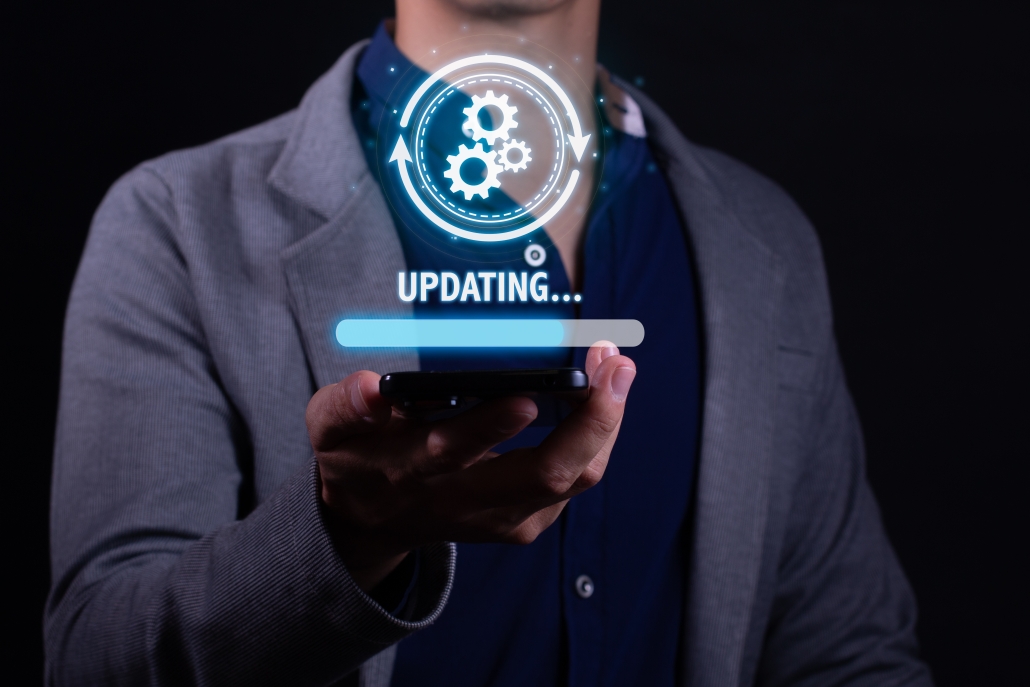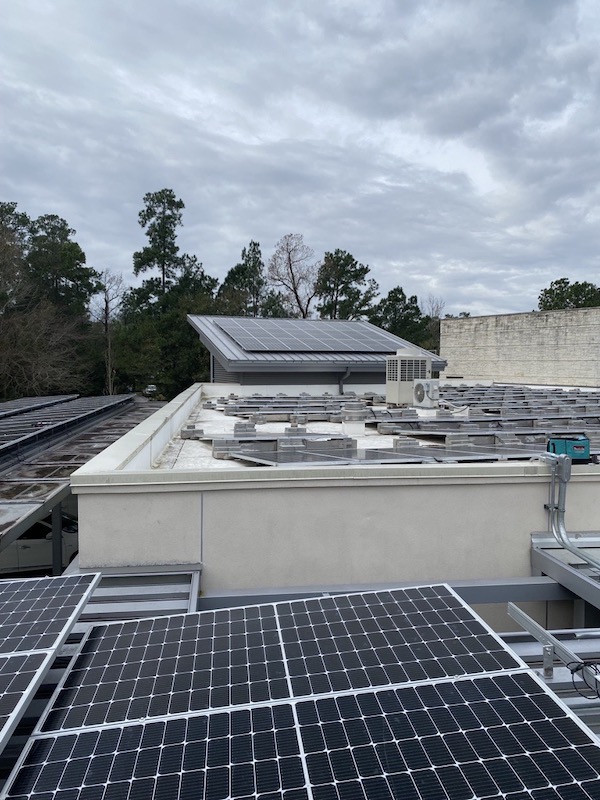Often, it’s the software that helps a company grow and succeed that poses the biggest risks to the company’s long-term survival. Outdated software often exposes data to risks, leaving a company’s lifeblood – its data – vulnerable and unprotected.
Why do companies cling to old software? Like a trusty pair of running shoes that have helped a marathoner traverse hundreds of miles, the shoes remain comfortable and familiar. But races aren’t won with holes in the soles. In the same vein, legacy software systems have worked well for a long time. At one point, they were even able to grow with the company, at least to a point. Perhaps most appealing for companies is that employees already know how to use old software systems – like wearing those trusty sneakers. There’s comfort in the familiar, but at what cost?
Software patterns, like fashion, evolve over time and so do the threats against them. Software left stagnant leads to legacy systems being susceptible to new threats that jeopardize those legacy systems. Software that once worked well was not built to withstand the blistering threat-scape of today’s online world. Making matters worse is that old software is often fragmented, piecemealed together into a crippling patchwork of puzzles.

There is hope. Here are three reasons why modernizing a company’s software systems cuts risk to your business:
Modernizing software unifies processes and systems
By modernizing outdated software into one, unified system and integrating robust Enterprise Resource Planning (ERP) solutions, businesses can strengthen defenses, mitigate risks, and ensure the confidentiality, integrity, and accessibility of valuable data. A new, unified system streamlines data collection and creates efficiencies within and among departmental teams.
Modernizing software paves the way for business growth
While they have served organizations well in the past, outdated systems were not designed with the current threat scape in mind, and fixing those issues can pave the way for a business to grow. Legacy systems do not support the adequate defenses and authentication protocols that are essential in warding off unauthorized access and lack the agility and responsiveness needed to address cyber threats.
Legacy systems that once helped a business achieve success become patchwork systems over time, or “Frankensystems” sewn together by years of adjustments and unstable code, groaning under the strain of growth in today’s environment.
These older systems lack the latest security features and built-in safeguards that modern systems possess. By modernizing outdated software into one system, companies are better able to meet their growth targets.
Modernizing software helps businesses build trust
In today’s data-driven world, business leaders understand the importance of safeguarding sensitive information. Notwithstanding, we continue to see the use of outdated legacy systems as a common disrupter of operations – often compromising data integrity.
Cyber threats have become more sophisticated and continue to evolve, making a company’s private data more susceptible to malicious attacks and exploitation. The consequences of data breaches can lead to significant financial loss, as well as irreparable damage to a company’s reputation. Modern systems incorporate robust security features, such as multifactor authentication, advanced encryption algorithms, intrusion detection systems, and real-time monitoring. With the ability to detect inconsistencies, conduct real-time threat analysis, and implement timely countermeasures, organizations can enhance their incident response and minimize potential damage.
In an era defined by continuous technological advancement and the constant threat of cyberattacks, businesses must prioritize security. By upgrading outdated software, integrating robust security measures, and leveraging ERP system capabilities, companies can protect their data, preserve their reputation, and maintain the trust of their customers. Modernization is a necessity in today’s data-driven world, and business leaders must adopt proactive measures to protect their data.
About the author
In 1999, Andrew Kurtz founded Kopis, serving as President and CEO since that time and, together with his team, has successfully delivered solutions for firms, from startups to Fortune 500 companies. Kopis specializes in custom software development, Business Intelligence solutions, application development, DBA services, and, ERP solutions for rapid-growth organizations whose growth typically outpaces their legacy systems and the ability to support and innovate their technologies. In 2022, Kopis acquired Intelice, a Managed Service Provider (MSP), that specializes in cloud and on-premise ERP services that utilize the Microsoft Dynamics 365 Business Central/NAV platform.
About Kopis
Kopis, based in Greenville, S.C., has 20 years of experience building custom software and tech solutions in the app development and ERP spaces. Kopis is committed to creating solutions that enable companies and state agencies to grow better, faster and smarter through strategic technologies that solve real-world inefficiencies that hamper growth. Kopis has worked with hundreds of companies to make them run better and achieve sustainable scalability.







